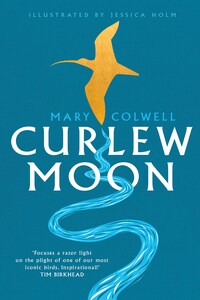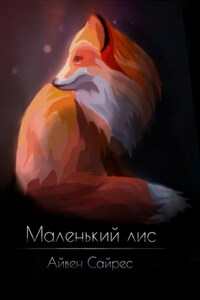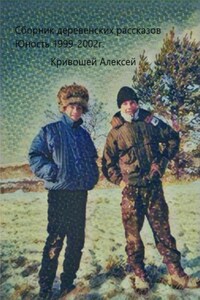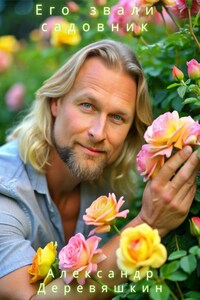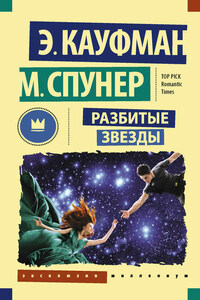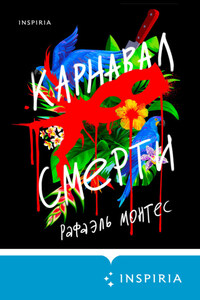William Collins
An imprint of HarperCollinsPublishers
1 London Bridge Street
London SE1 9GF
WilliamCollinsBooks.com
This eBook first published in Great Britain by William Collins in 2018
Text © Mary Colwell, 2018
Illustrations © Jessica Holm, 2018
‘Curlews’ © A.W. Bullen first published on https://hellopoetry.com/. Reproduced by permission.
‘Messengers of Spring’ © Kerry Darbishire, 2017, Curlew Calling: An Anthology of Poetry, Nature-Writing and Images in Celebration of Curlew, edited by Karen Lloyd. http://karenlloyd-writer.co.uk/curlew-calling-anthology/. Reproduced by permission.
Love and Revolution © Alastair McIntosh, 2006, Luath Press, Edinburgh. Reproduced by permission.
Death of a Naturalist, Faber & Faber Ltd © Seamus Heaney, 1966. Reproduced by permission.
The Hounds of Hell © John Masefield, 1920. Permission to reproduce granted by The Society of Authors as the Literary Representative of the Estate of John Masefield.
‘Incoming’, Curlew Calling: An Anthology of Poetry, Nature-Writing and Images in Celebration of Curlew, edited by Karen Lloyd © Jonathan Humble, 2017. http://karenlloyd-writer.co.uk/curlew-calling-anthology/. Reproduced by permission.
The author asserts her moral right to be identified as the author of this work
A catalogue record for this book is available from the British Library
All rights reserved under International and Pan-American Copyright Conventions. By payment of the required fees, you have been granted the non-exclusive, non-transferable right to access and read the text of this e-book on screen. No part of this text may be reproduced, transmitted, down-loaded, decompiled, reverse engineered, or stored in or introduced into any information storage and retrieval system, in any form or by any means, whether electronic or mechanical, now known or hereinafter invented, without the express written permission of HarperCollins.
Source ISBN: 9780008241056
eBook Edition © April 2018 ISBN: 9780008241063
Version: 2018-03-23
There is a wildlife spectacle that can transport the soul to a place of yearning and beauty, to an experience that has inspired generations of thinkers and dreamers. Imagine, if you will, a blustery cold day in December. Bitterly cold. A bird stands alone on the edge of a mudflat, some distance from where you are standing. Its silhouette is unmistakable. A plump body sits atop stilty legs. The long neck arcs into a small head, which tapers further into an extended, curved bill. The smooth, convex outlines of this curlew are alluring. They touch some ancestral attraction we all have for shapes that are round and sleek. The curved curlew’s outline is anomalous in this planar landscape, but its colour blends well. The mud is gunmetal grey, the bird brown and the water murky. The sky is dull with a hint of drab. The air is tangy with the smells of decay.
Occasionally the bird wanders a short distance and probes the mud with its beak, sometimes digging it in and twisting it around a little. Every now and then it pulls something clear of the surface, throws back its head and swallows. It is most likely a worm or shellfish, which is consumed without a fight. There is no showiness or drama, no prey is torn apart with dagger-like talons or razor beaks, it is just take a step, probe, suck; take a step, probe, eat – and repeat. It is absorbing to watch in its rhythmic motions. Icy gusts tease the bird’s feathers; at times, the curlew looks like it might be blown off its thin legs, but walk on it does, interrogating the mud beneath its feet.

Observing this self-reliant being in the distance can feel like an act of endurance. The wind is coming straight off the sea, cold and peevish. It finds every buttonhole and cuff, intent on extracting warmth. On this raw day, standing still is not pleasant. It is tempting to move closer, but despite all our inventiveness we have nothing that negotiates deep, cloying mud. Certainly not boots. Besides, curlews are nervous. If you cross an invisible line a few hundred metres away they will take off, crying in alarm. Best to stay in one spot, pressed to the binoculars, and tough it out. In the distance, the water stretches away and merges with the sky – grey into grey. The curlew is safe from unwanted encroachments in this shifting, liminal world.
Besides the admiration that you feel that something so insubstantial can withstand the rigours of this unforgiving landscape, you may not be particularly awe-inspired. You might decide it is time to get back in the car and go home, but stay with it – something magical is about to happen.
